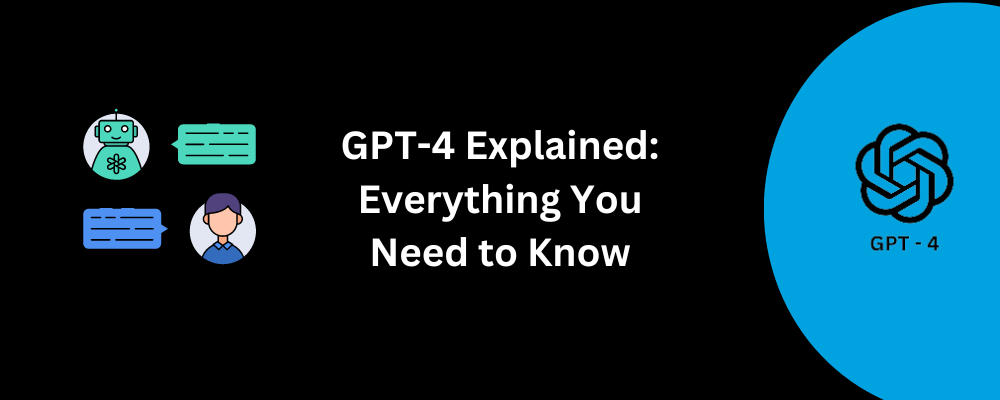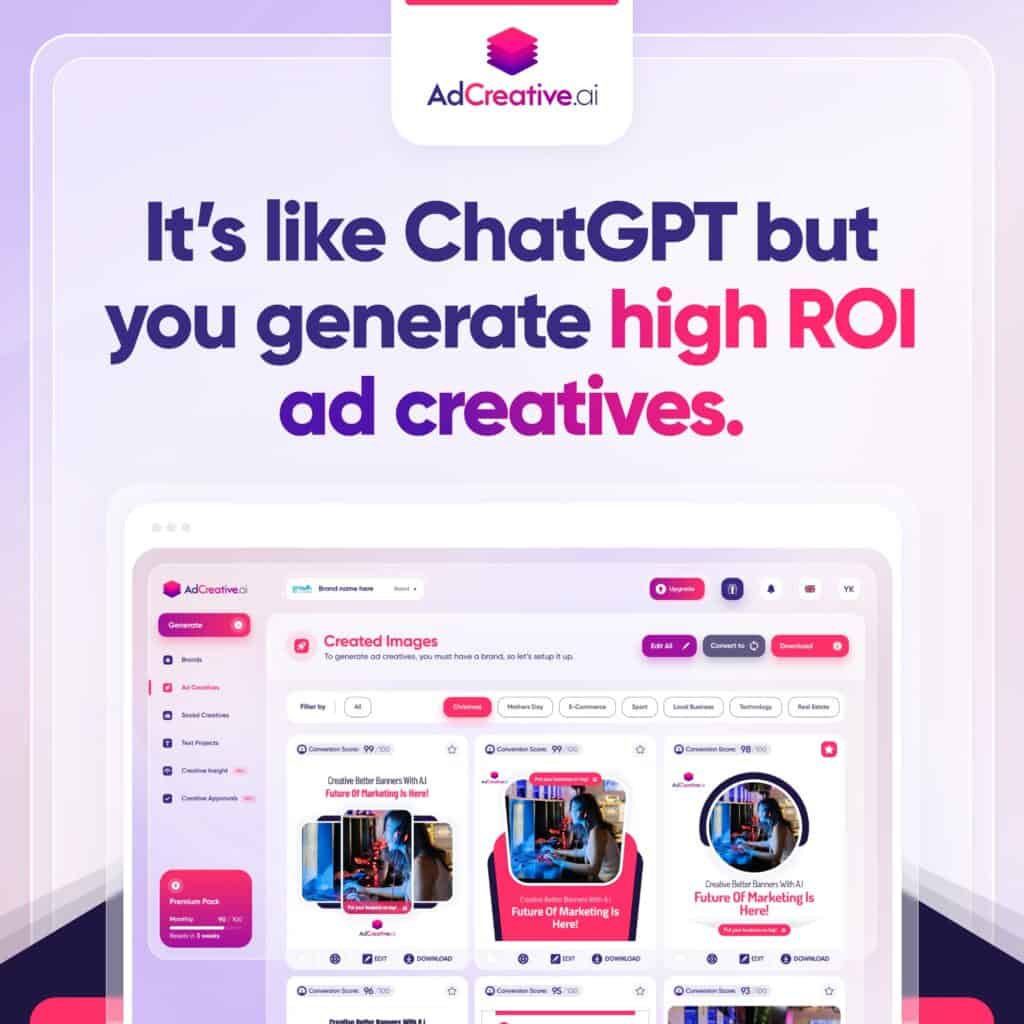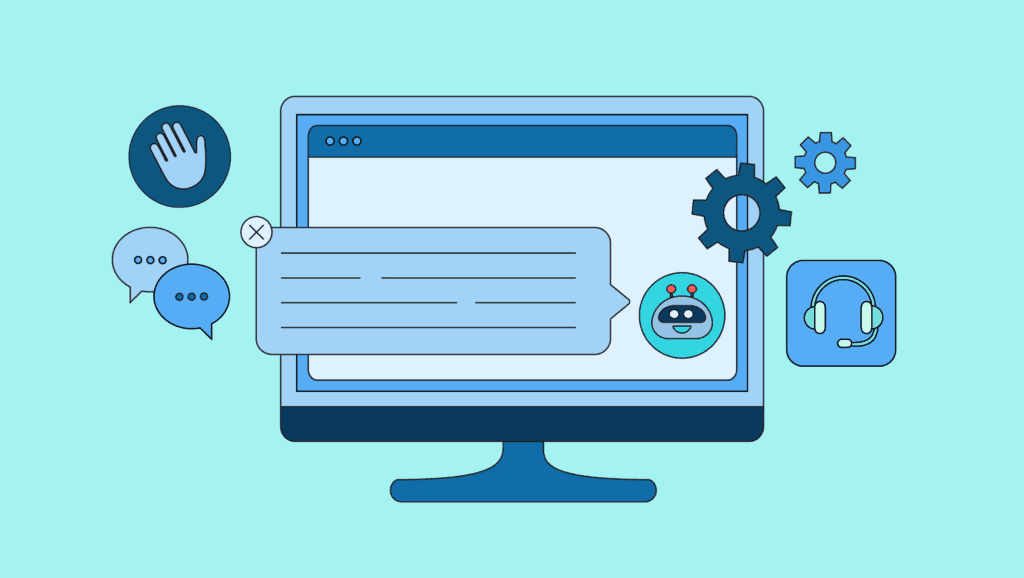In the rapidly evolving world of artificial intelligence, OpenAI’s GPT-4 stands out as a remarkable advancement. As we delve into the intricacies of this powerful language model, we’ll explore its features, capabilities, applications, and potential implications. Whether you’re a tech enthusiast, a professional in the field, or simply curious about AI, this comprehensive guide will provide you with a thorough understanding of GPT-4.
What is GPT-4?
GPT-4, or Generative Pre-trained Transformer 4, is the latest iteration in OpenAI’s series of language models. Building upon the success of its predecessors, GPT-4 brings enhanced capabilities in natural language understanding and generation, making it a significant milestone in AI development.
Key Features of GPT-4
- Improved Language Understanding: GPT-4 demonstrates a superior ability to comprehend and generate human-like text, making interactions more natural and coherent.
- Increased Parameter Count: With billions of parameters, GPT-4 has a greater capacity for learning and recalling information, resulting in more accurate responses.
- Enhanced Contextual Awareness: The model can maintain context over longer conversations, providing more relevant and contextually appropriate responses.
- Multimodal Capabilities: GPT-4 can process and generate text from images, integrating visual information with language for richer outputs.
How GPT-4 Works
At its core, GPT-4 uses a transformer architecture, which allows it to process large amounts of data and recognize patterns in text. It is pre-trained on diverse datasets, enabling it to learn the nuances of language and apply this knowledge to generate human-like responses.
Transformer Architecture
The transformer model relies on attention mechanisms to weigh the importance of different words in a sentence, capturing dependencies and relationships between words effectively. This results in a more nuanced understanding of context and meaning.
Applications of GPT-4
The versatility of GPT-4 opens up numerous applications across various fields. Let’s explore some of the key areas where GPT-4 is making an impact:
1. Customer Service
Companies are leveraging GPT-4 to enhance their customer service capabilities. The model can handle a wide range of customer queries, providing accurate and timely responses, and freeing up human agents for more complex issues.
2. Content Creation
From generating blog posts to writing creative fiction, GPT-4 is a valuable tool for content creators. It can produce high-quality text based on specific guidelines, helping writers save time and effort.
3. Education
In the education sector, GPT-4 is used to develop intelligent tutoring systems, provide personalized learning experiences, and generate educational content tailored to individual student needs.
4. Healthcare
GPT-4 assists healthcare professionals by providing instant access to medical literature, generating patient reports, and even offering diagnostic suggestions based on symptoms described by patients.
5. Research and Development
Researchers use GPT-4 to analyze vast amounts of data, summarize findings, and even hypothesize new theories, accelerating the pace of scientific discovery.
Benefits of GPT-4
The benefits of GPT-4 are numerous and far-reaching. Here are some of the most significant advantages:
1. Efficiency
GPT-4 can handle repetitive and time-consuming tasks efficiently, allowing professionals to focus on more strategic and creative endeavors.
2. Scalability
Organizations can scale their operations by deploying GPT-4-powered systems, ensuring consistent and high-quality outputs across different domains.
3. Innovation
The advanced capabilities of GPT-4 foster innovation, enabling the development of new applications and solutions that were previously unimaginable.
4. Accessibility
GPT-4 democratizes access to information and services, providing support and resources to individuals and communities that might otherwise be underserved.
Challenges and Ethical Considerations
Despite its impressive capabilities, GPT-4 is not without challenges. It is crucial to address these issues to ensure responsible and ethical use of the technology.
1. Bias and Fairness
GPT-4, like any AI model, can inadvertently perpetuate biases present in its training data. Ensuring fairness and mitigating bias requires ongoing efforts and rigorous evaluation.
2. Misinformation
The ability of GPT-4 to generate realistic text can be misused to spread misinformation. Safeguards must be in place to detect and prevent the dissemination of false information.
3. Privacy Concerns
Handling sensitive information requires strict privacy measures to protect user data and maintain trust.
4. Job Displacement
While GPT-4 enhances efficiency, it also raises concerns about job displacement in certain sectors. It’s essential to balance automation with strategies for workforce transition and upskilling.
Future Prospects of GPT-4
The future of GPT-4 and its successors is promising. As AI technology continues to evolve, we can expect even more sophisticated models with greater capabilities. Key areas of future development include:
1. Enhanced Multimodal Integration
Future models may integrate text, audio, and video more seamlessly, providing richer and more immersive interactions.
2. Improved Explainability
Making AI models more transparent and understandable will be crucial for building trust and ensuring ethical use.
3. Personalized AI Assistants
Personalized AI assistants that understand individual preferences and needs could become more prevalent, enhancing user experience.
4. Collaborative AI Systems
AI systems that can work collaboratively with humans, complementing human strengths and compensating for weaknesses, will unlock new possibilities in various fields.
Conclusion
GPT-4 represents a significant leap forward in the field of artificial intelligence. Its advanced capabilities in language understanding and generation are transforming industries and creating new opportunities. However, it is essential to navigate the challenges and ethical considerations carefully to harness the full potential of this technology responsibly. As we look to the future, GPT-4 and its successors promise to drive further innovation and make a lasting impact on our world.
FAQs
1. What makes GPT-4 different from GPT-3?
GPT-4 has a higher parameter count and improved capabilities in language understanding, contextual awareness, and multimodal integration compared to GPT-3.
2. Can GPT-4 understand images?
Yes, GPT-4 has multimodal capabilities, allowing it to process and generate text based on visual information from images.
3. Is GPT-4 available for public use?
While GPT-4 is primarily available through specific platforms and partnerships, its accessibility to the general public may vary.
4. How does GPT-4 handle bias in its outputs?
Efforts are ongoing to mitigate bias in GPT-4 by refining its training data and incorporating fairness measures, but challenges remain.
5. What are the ethical considerations of using GPT-4?
Key ethical considerations include addressing bias, preventing misinformation, ensuring privacy, and managing the impact on employment.




